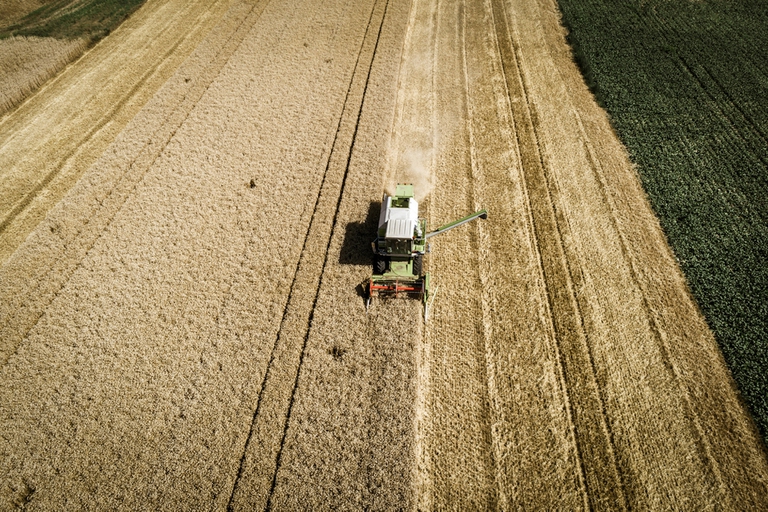https://www.lifegate.it/sistemi-alimentari-sostenibili-benefici-10-trilioni-dollari
- |
- According to a global study, current food systems are destroying more value than they create.
- This is due to the hidden costs, environmental (use of resources and emissions) and health (malnutrition and obesity), of production and consumption models.
- The transition to more sustainable food systems would, however, bring benefits of between 5 and 10 trillion dollars.
A new report from Food system economics commission (Fsec), written by leading economists and scientists, reveals that global changes in global food systems could lead to included benefits between 5 and 10 trillion dollars per year, equivalent to 4-8 percent of global GDP in 2022.

The study, the most ambitious and comprehensive so far on the topic, highlights that food systems are currently destroying more value than they create due to hidden environmental and social costs and that one is urgently needed policy review of the food systems.“It's necessary phase out fossil fuels, keep nature intact and transform food systems from a source to a sink of greenhouse gases.The global food system holds the future of humanity on Earth in its hands,” he said Johan Rockström, director of the Potsdam institute for climate impact research and director of the Fsec.
The two possible scenarios with or without the transition to sustainable food systems
In the report, scientists provide the most comprehensive model of two possible future scenarios for global food systems:the path of “Current trends” and the path of “Transformation of the food system”.In the first, the study outlines what will happen by 2050 maintaining current policies:food insecurity will continue 640 million people (including 121 million children) undernourished in different parts of the world, in particular in India, Southeast Asia and sub-Saharan Africa, while theobesity will increase by 70 percent globally due to diets high in sugar, fat and salt.Food systems will continue to cause a third of global emissions greenhouse gases, which will contribute to a warming of 2.7 degrees by the end of the century compared to pre-industrial periods.Food production will become increasingly vulnerable to climate changes and extreme events;theDeforestation will erode another 71 million hectares of natural forests between 2020 and 2050, an area equivalent to 1.3 times the size of France. food waste per capita will increase by 16 percent compared to today.
In the second path, scholars show that by 2050 a change of pace in the management of food systems could lead to the elimination of malnutrition and to overall saving 174 million lives from premature death due to chronic diseases related to nutrition.Food systems could become carbon tanks by 2040, helping to limit global warming to below 1.5 degrees by the end of the century, protecting 1.4 billion hectares of land, almost halving the surplus of nitrogen coming from agriculture and reversing the loss of biodiversity.Furthermore, 400 million agricultural workers around the world could enjoy a sufficient income.
For the transition we need to discourage monocultures and change the diet
According to estimates, iThe cost to carry out this transformation would be equivalent to 0.2-0.4 percent of global GDP per year, a low figure compared to the multibillion-dollar benefits it could bring.To implement this transition of food systems, lo study proposes a shift in subsidies and tax incentives from monocultures on a large scale based on fertilizers, pesticides And deforestation to the small farmers which could lead companies in harmony with the environment.

Another key element for the transition to sustainable food systems is the change in diet with an increase in consumption of plant food and a decrease in ultra-processed foods, as well as investments in technologies to improve efficiency and reduce emissions.In this scenario i food costs would increase, but according to scholars, this aspect should be managed with political measures to support the weakest sections of society.
